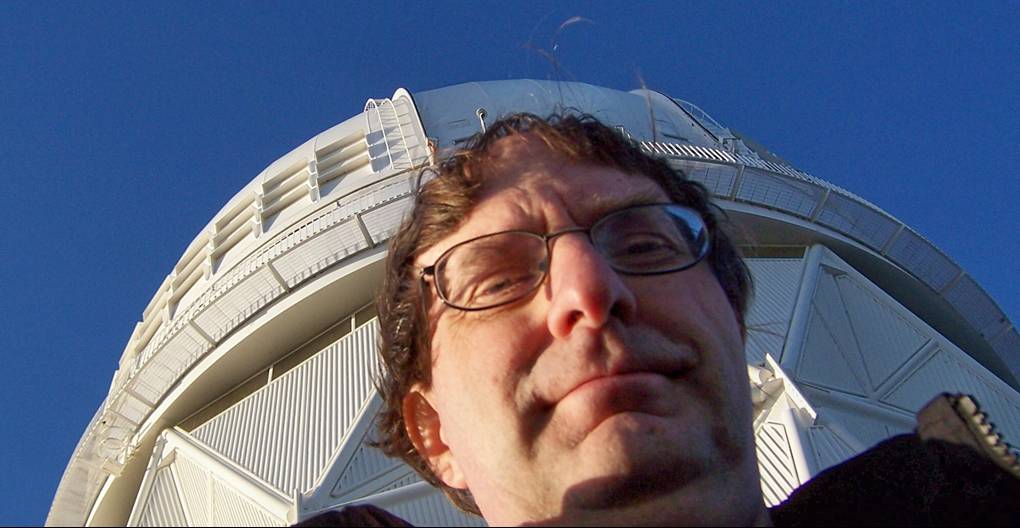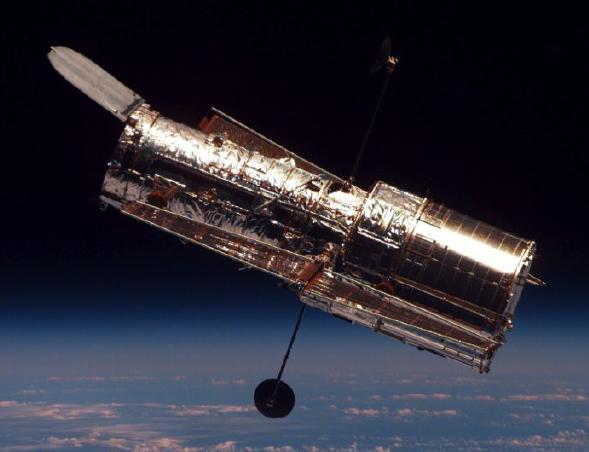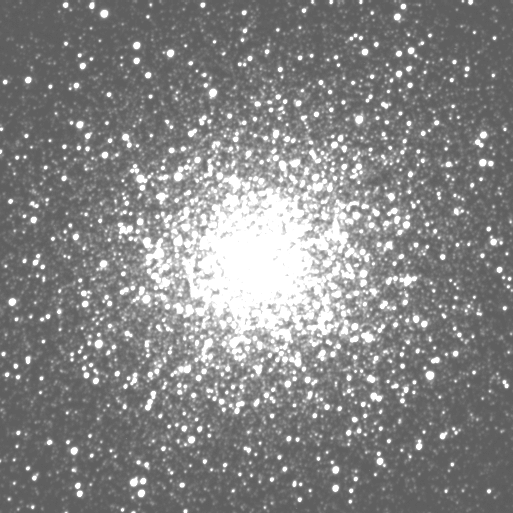Carlton (Tad) Pryor

Contact Information:
Office: 302W
Physics and Astronomy Bldg
Email:
pryor@physics.rutgers.edu
Phone: (848) 445-8873
FAX: (732) 445-4343
Mailing Address:
Department of Physics and Astronomy
Rutgers, the State University of New Jersey
136 Frelinghuysen Road
Piscataway, NJ 08854-8019
Professional Information:
Teaching:
While at Rutgers, the undergraduate astronomy courses that I have
taught include topical lecture courses, advanced labs, and surveys for
both science and non-science majors. At the graduate level, I have
taught courses on stars, cosmology, and observational techniques.
The course that I am teaching in Fall 2018 is the undergraduate lab
Physics 344: Observational Optical Astronomy.
Web pages for some courses that I have taught in the past several
years are
Physics 109: Astronomy and Cosmology,
Physics 110: Astronomy and Cosmology,
Physics 441/541: Stars and Star Formation, and
Physics 606: Stars and Planets.
Research:

My research interests are centered on observational and theoretical
studies of the structure and evolution of both star clusters and
individual galaxies. Currently I am using imaging obtained with the
Hubble Space Telescope to measure the systemic proper motions of the
dwarf spheroidal satellite galaxies of our own Milky Way Galaxy. These
motions yield the space velocity of each galaxy and, hence, its orbit
around the Milky Way. Our goals are to use this information to
determine if the dwarf spheroidals move together in coherent streams in
the halo of our Galaxy, to constrain the importance of the Galactic
tidal force in determining the structure and star-formation history of
the dwarf spheroidals, and to compare the observed orbits with the
predictions of models for the formation of our Galaxy. We also use the
motions of the dwarf spheroidals to constrain the mass of the Milky Way.
 I am also surveying the kinematics, mass
distributions, and stellar contents of the dense centers of globular
star clusters, the oldest clusters in our Galaxy. With the Rutgers
Imaging Fabry-Perot Spectrometer in Chile, we have been able to
increase the number of stellar radial velocities in these regions by an
order of magnitude, thus providing a clearer picture of some of the
most extreme stellar environments known. Another way to study the
kinematics of globular clusters is using proper motions for individual
stars measured with images taken by the Hubble Space Telescope. One
use for such data is searching for a massive black hole near the center
of a cluster. I am a member of a group with such data for several
clusters.
I am also surveying the kinematics, mass
distributions, and stellar contents of the dense centers of globular
star clusters, the oldest clusters in our Galaxy. With the Rutgers
Imaging Fabry-Perot Spectrometer in Chile, we have been able to
increase the number of stellar radial velocities in these regions by an
order of magnitude, thus providing a clearer picture of some of the
most extreme stellar environments known. Another way to study the
kinematics of globular clusters is using proper motions for individual
stars measured with images taken by the Hubble Space Telescope. One
use for such data is searching for a massive black hole near the center
of a cluster. I am a member of a group with such data for several
clusters.
In the past I have studied the amount and spatial distribution of dark
matter in the dwarf spheroidal companions of our Galaxy in an attempt
to determine what the dark matter is.
Please send any comments on this page to Tad Pryor, pryor@physics.rutgers.edu.
Revised July 26, 2018
 I am also surveying the kinematics, mass
distributions, and stellar contents of the dense centers of globular
star clusters, the oldest clusters in our Galaxy. With the Rutgers
Imaging Fabry-Perot Spectrometer in Chile, we have been able to
increase the number of stellar radial velocities in these regions by an
order of magnitude, thus providing a clearer picture of some of the
most extreme stellar environments known. Another way to study the
kinematics of globular clusters is using proper motions for individual
stars measured with images taken by the Hubble Space Telescope. One
use for such data is searching for a massive black hole near the center
of a cluster. I am a member of a group with such data for several
clusters.
I am also surveying the kinematics, mass
distributions, and stellar contents of the dense centers of globular
star clusters, the oldest clusters in our Galaxy. With the Rutgers
Imaging Fabry-Perot Spectrometer in Chile, we have been able to
increase the number of stellar radial velocities in these regions by an
order of magnitude, thus providing a clearer picture of some of the
most extreme stellar environments known. Another way to study the
kinematics of globular clusters is using proper motions for individual
stars measured with images taken by the Hubble Space Telescope. One
use for such data is searching for a massive black hole near the center
of a cluster. I am a member of a group with such data for several
clusters.

